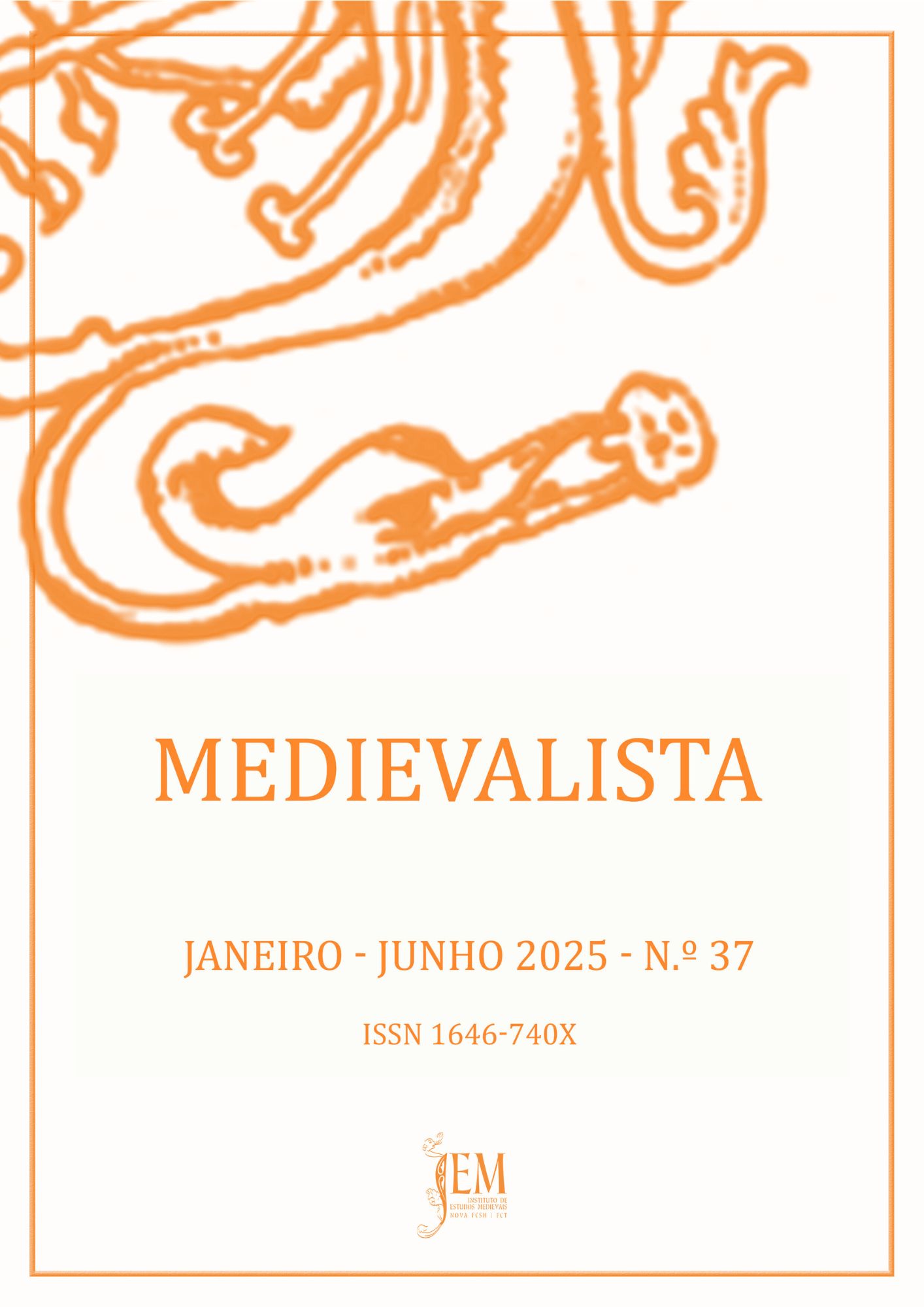The influence of medieval romance in the episodes of Hippocrates’ daughter and the fairy of the Sparrowhawk Castle from The Book of John Mandeville
DOI:
https://doi.org/10.4000/134beResumen
The Book of John Mandeville (c. 1357) is one of the most famous works of the Middle Ages and probably the most-read travel narrative of the period. It describes the journey to Jerusalem and then to Asia of a traveller who presents himself as John Mandeville, an English knight born and raised in the town of St. Albans, Hertfordshire. In 1322, on Michaelmas Day (29th September), during the time of Edward III, king of England from 1327 to 1377, Mandeville left his country and crossed the sea to the Holy Land and further East. His sojourn lasted thirty-four years, during which he came in contact with the people and traditions of many places, some strange, full of wonders and monstrous beings. When, tired of travelling, he finally returned “to rest”, he took on the task of writing down his adventures in the form of a book, which, according to the dates on the Defective Version, the oldest and most popular English variation, he finished in the year 1366.
Descargas
Publicado
Cómo citar
Número
Sección
Licencia
Derechos de autor 2025 Medievalista

Esta obra está bajo una licencia internacional Creative Commons Atribución 4.0.




